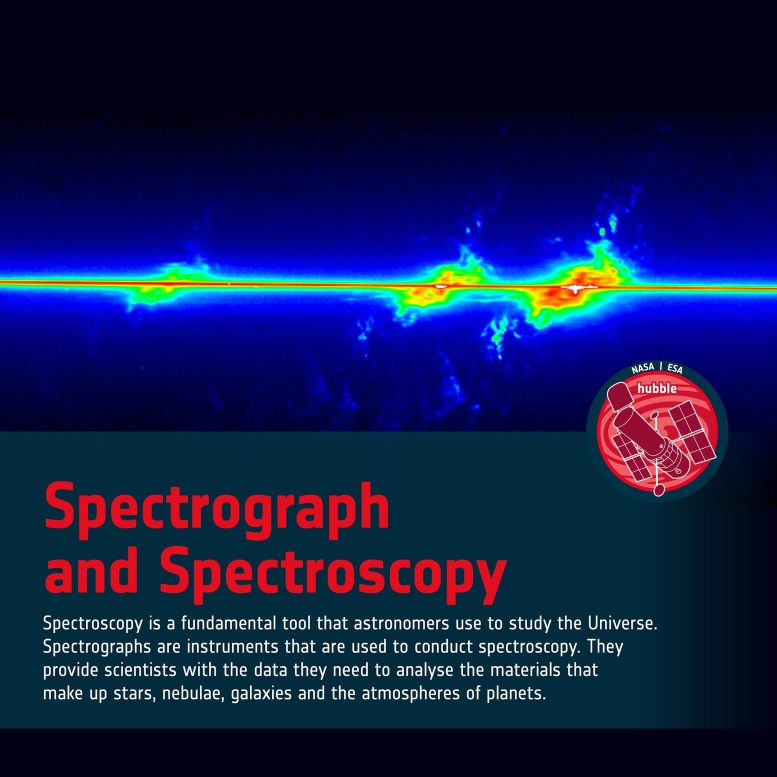
Credit: ESA/Hubble, John Hutchings (Dominion Astrophysical Observatory), Bruce Woodgate (GSFC/NASA/ESA), Mary Beth Kaiser (Johns Hopkins University), Steven Kraemer(Catholic University of America), and the STIS Team
What Are Spectrographs and Spectroscopy?
Spectroscopy is the general field of study that measures and interprets the electromagnetic spectra that result from the interaction between electromagnetic radiation and matter as a function of the wavelength or frequency of the radiation. It is a fundamental tool that astronomers use to study the Universe. Spectrographs are instruments that are used to conduct spectroscopy. They provide scientists with the data they need to analyze the materials that make up stars, nebulae, galaxies, and the atmospheres of planets.
A spectrograph can be used to analyze any object that absorbs or emits light to determine characteristics such as temperature, density, chemical composition, and velocity. Once light enters a spectrograph it is split by a dispersive optical element into its different components (or wavelengths) in order to be studied. This element acts much like rain droplets that disperse the light to form a rainbow. This dispersed light is then focused onto a detector and it is seen as a spectrum. Astronomers can analyze the spectrum’s pattern to decipher what atoms and molecules are present in the source. This helps them to understand the various physical and chemical characteristics of the source. In this way, Hubble’s images tell us what something looks like, while the spectrum data tell us what it is and what it’s made of.
Spectroscopy is a fundamental tool that astronomers use to study the Universe. Spectrographs are instruments that are used to conduct spectroscopy. They provide scientists with the data they need to analyze the materials that make up stars, nebulae, galaxies, and the atmospheres of planets.
Two spectrographs are ont he Hubble Space Telescope: the Space Telescope Imaging Spectrograph, which was installed on the telescope in 1997, and the Cosmic Origins Spectrograph, which was installed in 2009.
Spectroscopy has been the foundation of many key Hubble discoveries. For example, Hubble has recorded a black hole’s signature, and its spectroscopic observations fingerprinted the distant Universe using the light from quasars to allow astronomers to probe the raw materials from which galaxies form. Using its spectrographs, Hubble has also provided the first direct detection of the atmosphere of a planet orbiting a star outside our Solar System and has detected organic molecules in the atmosphere of a planet orbiting another star.
We invite you to watch the Hubblecast embedded above that explores how spectroscopy works and how it facilitates valuable research with the Hubble Space Telescope, including innovative research in the study of exoplanets.
Learn more about Hubble’s observations of gravitational lensing here.



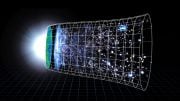

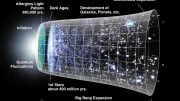
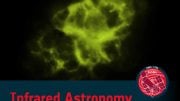
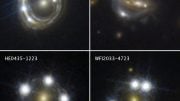
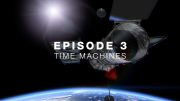
Be the first to comment on "Astronomy & Astrophysics 101: Spectrographs and Spectroscopy"